By Joanne Sasvari
If you think sake is a boiling hot beverage that tastes like turpentine, well, you clearly haven’t tasted Masa Shiroki’s handcrafted sakes.
Since 2007, when he became Canada’s first producer of premium craft sake, he’s been making rice wines that taste delicately of citrus, apple, pineapple and brioche, with notes of spice and touches of herbaceousness.
Not a hint of turpentine anywhere.
A couple years after he started producing his Osake brand, Shiroki started growing his own rice in the Fraser Valley, making his rice wine a truly local and sustainable product.
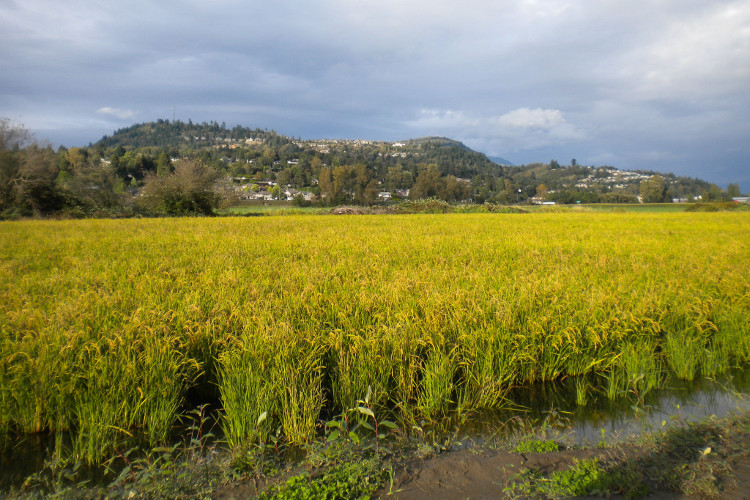
Now he’s heading up Vancouver’s first (and, he hopes, annual) Sake Fest. On Sept. 29, 2016, when 21 producers will gather at the Imperial in Chinatown, where they will pour some 100 different types of sake. Kampai!
“It’s been a long time coming,” Shiroki says.
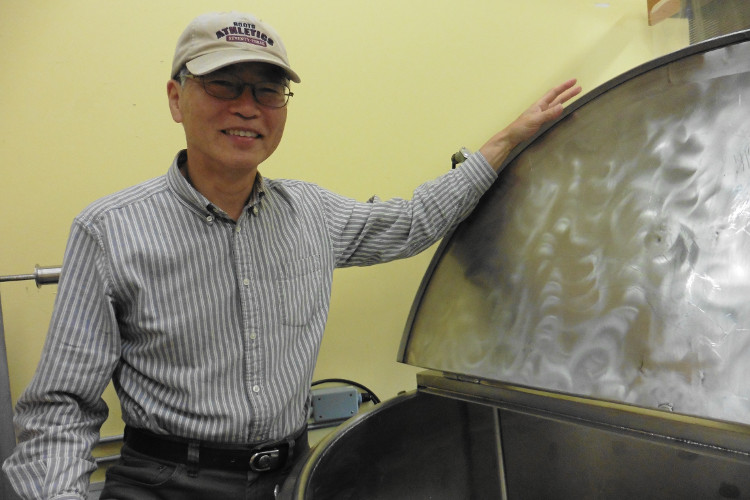
Sake is a fermented beverage made from rice, water and “koji,” or rice malt. It has a distinctive umami or savoury flavour profile, and it can be enjoyed cold, room temperature or hot.
“Chilled is my preference, but it depends on what you’re eating,” says Shiroki.
Becoming a sake master was not exactly Shiroki’s original career choice. Back in Japan, he worked in banking, which is what brought him to Canada in 1974. He later moved on to transportation, then government. In 2000, Shiroki was working with the B.C. government when, he recalls, “We all got pink slips and I said to myself, ‘What can I do at age 50?’”
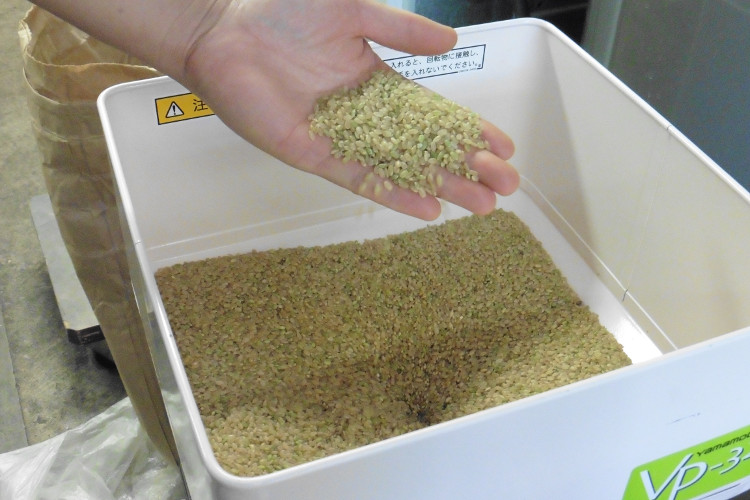
The answer was: Import sake. In 2001, Shiroki brought in his first sake imports. But the pricy products were a hard sell, especially in a market obsessed with local ingredients.
“I thought if we made it here, people would feel a sense of ownership. It was a bit of a bet,” he says.
In 2007, he opened Artisan Sake Maker in a compact 1,000-square-foot space on Granville Island. It is at once production facility, retail store and tasting bar, a favourite stop for visitors to the island.
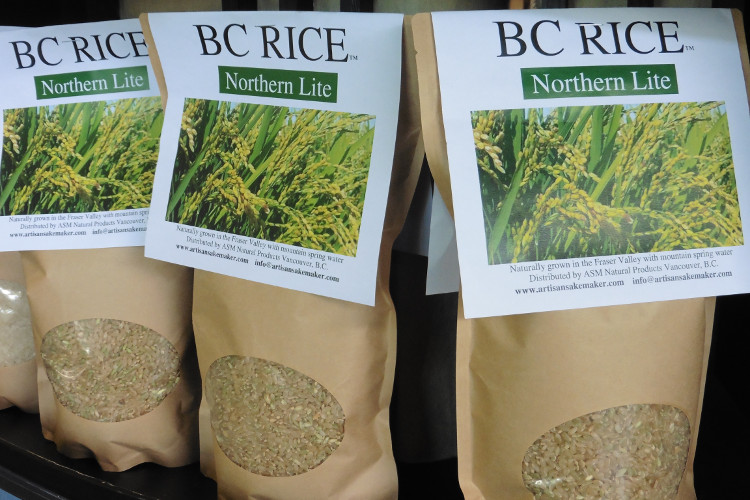
He was the first, but has since been joined by about a dozen other sake producers across North America, including two in Canada: Y3K in Richmond and Ontario Spring Water Sake Company in Toronto.
Today, Shiroki produces about 1,000 cases of sake each year, and 10 different styles, including three sparkling sakes and the new, award-winning Renaissance, which has a flavour similar to a grape wine.
“This Renaissance is a completely different style of sake,” he says. “We have to produce something that caters to the palate of our market now.”
And, he admits, it’s more appealing to his palate, too, after so many years in North America: “My palate has completely changed and maybe I have a dual palate now.”
Shiroki also has 18 acres of rice growing in soggy bits of the Fraser Valley. “There is always a portion of the land a farmer doesn’t use because it doesn’t drain and everything rots,” he notes. That’s the bit that’s perfect for rice.
Last year, he harvested 15 tonnes of rice, half of it for sake and half for table rice, a short-grain variety perfect for risotto, which he sells for $9 per two-pound bag.
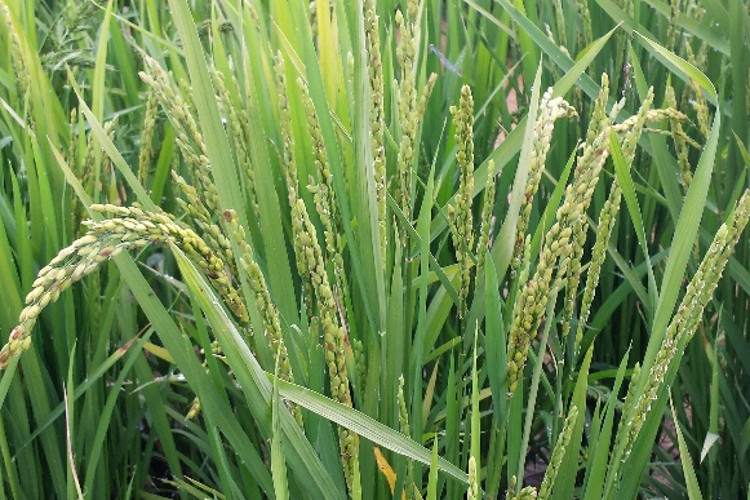
Besides sake and rice, he uses the byproducts from sake making – also known as kasu, fermented rice lees that are high in amino acids – in fruit juices, condiments and a line of skin care products. The kasu itself he describes as “an instant flavour enhancer . . . like natural MSG.” It is a favourite among local chefs, who use it as an umami-rich marinade.
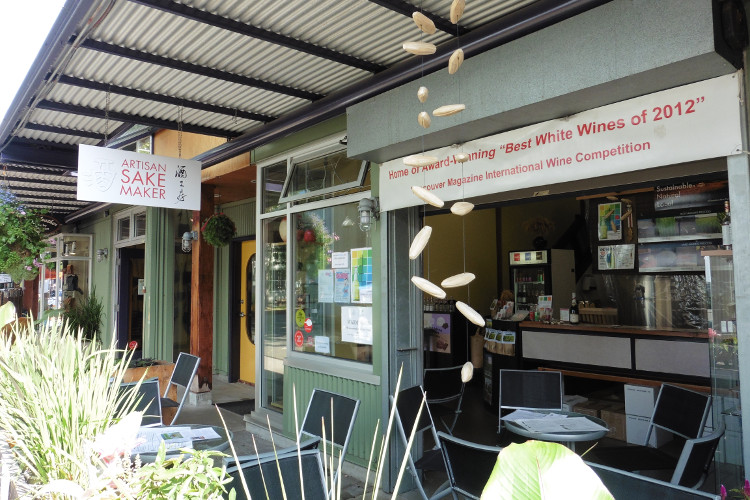
“We do so many things because we have to do so many things,” Shiroki says. “But I’m glad to say it has grown from where we started.”
Three Local Sakes You Must Try
Osake Junmai Nama, $16
Artisan Sake Maker’s signature product is a classic, unfiltered rice wine that is fruity, herbaceous, vegetal and a bit grainy in flavour.
Mirai Traditional Method Sparkling Sake, $42
This crisp, clean bubble was made with the help of Summerhill Pyramid Winery in Kelowna. It is pleasantly dry, with notes of brioche and apples and a long, umami finish.
Osake Renaissance, $25
On the nose, this sake has bready notes, but on the palate, it is fruity and tart, surprisingly similar to a grape wine. A new product for Shiroki, it is already winning awards.
Artisan Sake Maker is located at:
1339 Railspur Alley on Granville Island
Vancouver, BC
604.685.7253
artisansakemaker.com

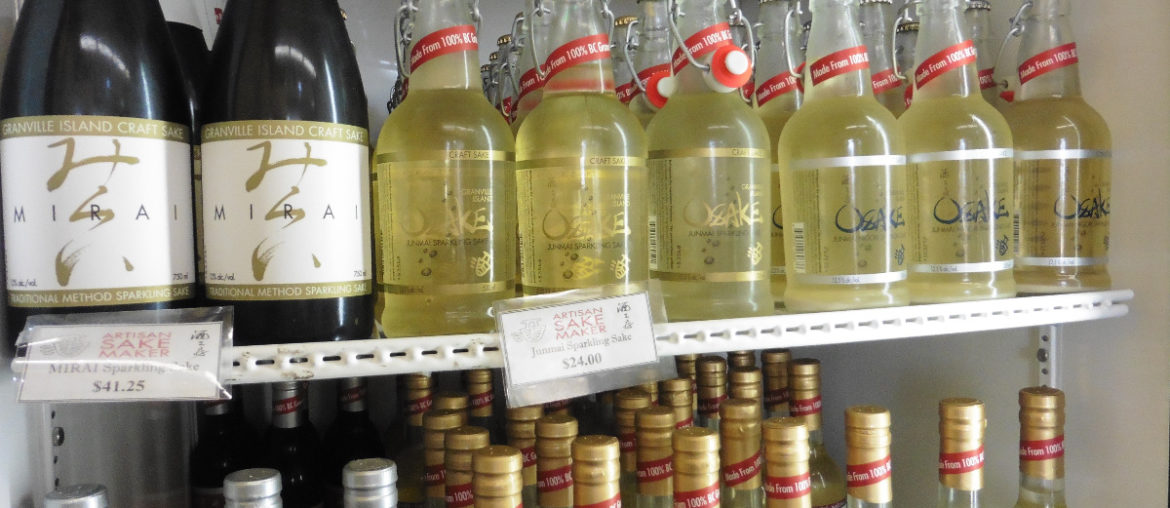
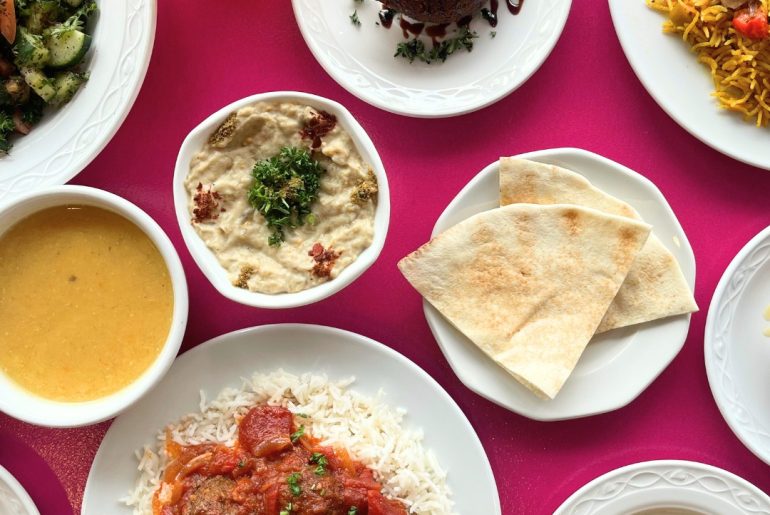

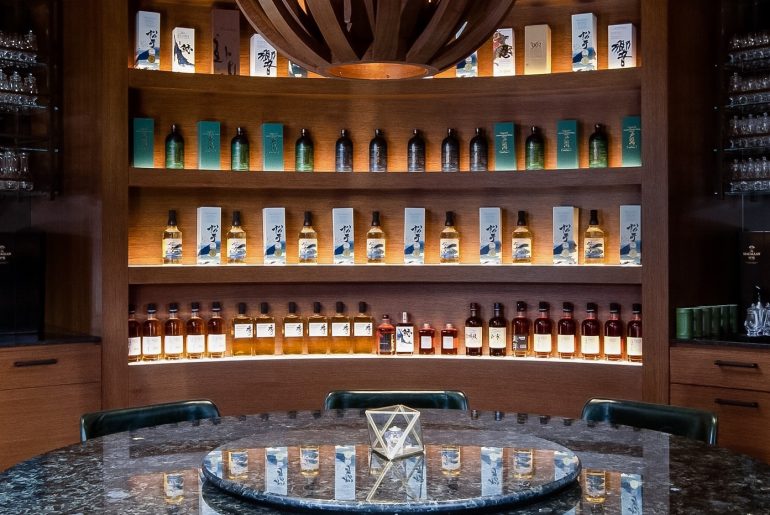
Comments are closed.